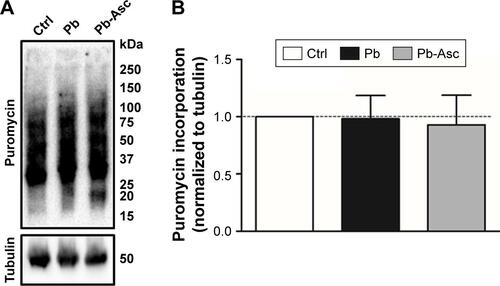Figures & data
Figure 1 Ascorbate supplementation reduces the elevation in blood Pb levels induced by chronic Pb treatment through drinking.
Abbreviations: Asc, ascorbic acid; SEM, standard error of the mean.
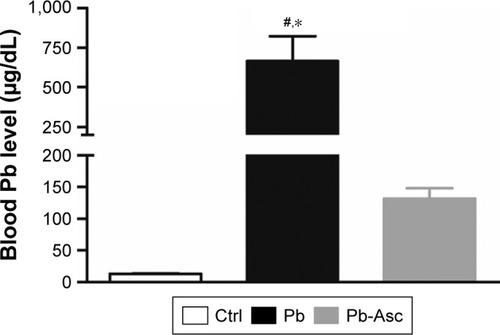
Figure 2 Hippocampal SNs isolated by the sequential filtration protocol are highly enriched in PSD-95 protein.
Abbreviations: Hgt, homogenate; PSD-95, post-synaptic density 95; SEM, standard error of the mean; SN, synaptoneurosome.
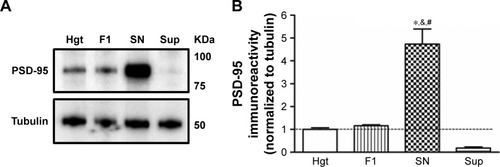
Figure 3 Ascorbate rescues the Pb-induced deficits in localized protein translation at hippocampal synapses.
Abbreviations: Asc, ascorbic acid; SEM, standard error of the mean; US, unstimulated; St, stimulated.

Figure 4 The decrease in the ratio of stimulated to basal protein translation in synaptoneurosomes is significantly correlated with increases in blood Pb levels.
Abbreviations: Asc, ascorbic acid; SEM, standard error of the mean.
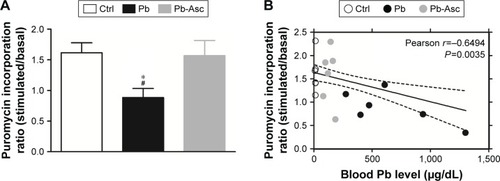
Figure S1 Ascorbate supplementation alone does not alter localized protein translation at hippocampal synapses.
Notes: (A) Basal and KCl-stimulated synaptosomal protein translation was evaluated in hippocampal samples of Ctrl and Asc pups. (B) Depolarization in the presence of KCl induced an increase in the protein translation in synaptoneurosomes of the pups of the Ctrl (1.555±0.6100 for stimulated compared to 1.000±0.0 for unstimulated; mean ± SD). A similar elevation in protein translation was observed in pups supplemented with ascorbate alone (1.720±0.4584 for stimulated compared to 1.126±0.2650 for unstimulated; mean ± SD). Data are represented as mean ± SEM (n=6 rats per group). *Statistical significance between the stimulated translation and the respective basal controls (P=0.0108; F=4.778; ANOVA with Newman–Keuls correction).
Abbreviations: Asc, ascorbic acid; NS, nonsignificant; SEM, standard error of the mean; US, unstimulated; St, stimulated.
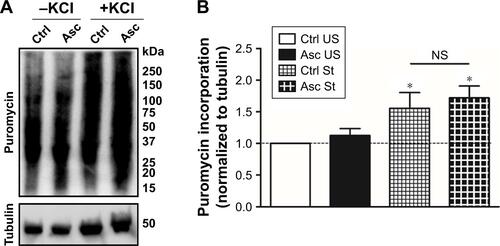
Figure S2 Developmental Pb exposure does not influence global protein translation in the hippocampi of rat pups.
Notes: (A) De novo global protein translation rates were assessed in hippocampal homogenate samples from the pups of Ctrl, Pb, and Pb-Asc groups. (B) No alteration in global translation was observed upon developmental exposure of pups to Pb with (0.9294±0.5748 compared to the Ctrl; mean ± SD) or without ascorbate supplementation (0.9816±0.4963 compared to the Ctrl; mean ± SD). Data are represented as mean ± SEM (n=6 rats per group) (P=0.9616; F=0.03927; ANOVA with Newman–Keuls correction).
Abbreviations: Asc, ascorbic acid; SEM, standard error of the mean.
